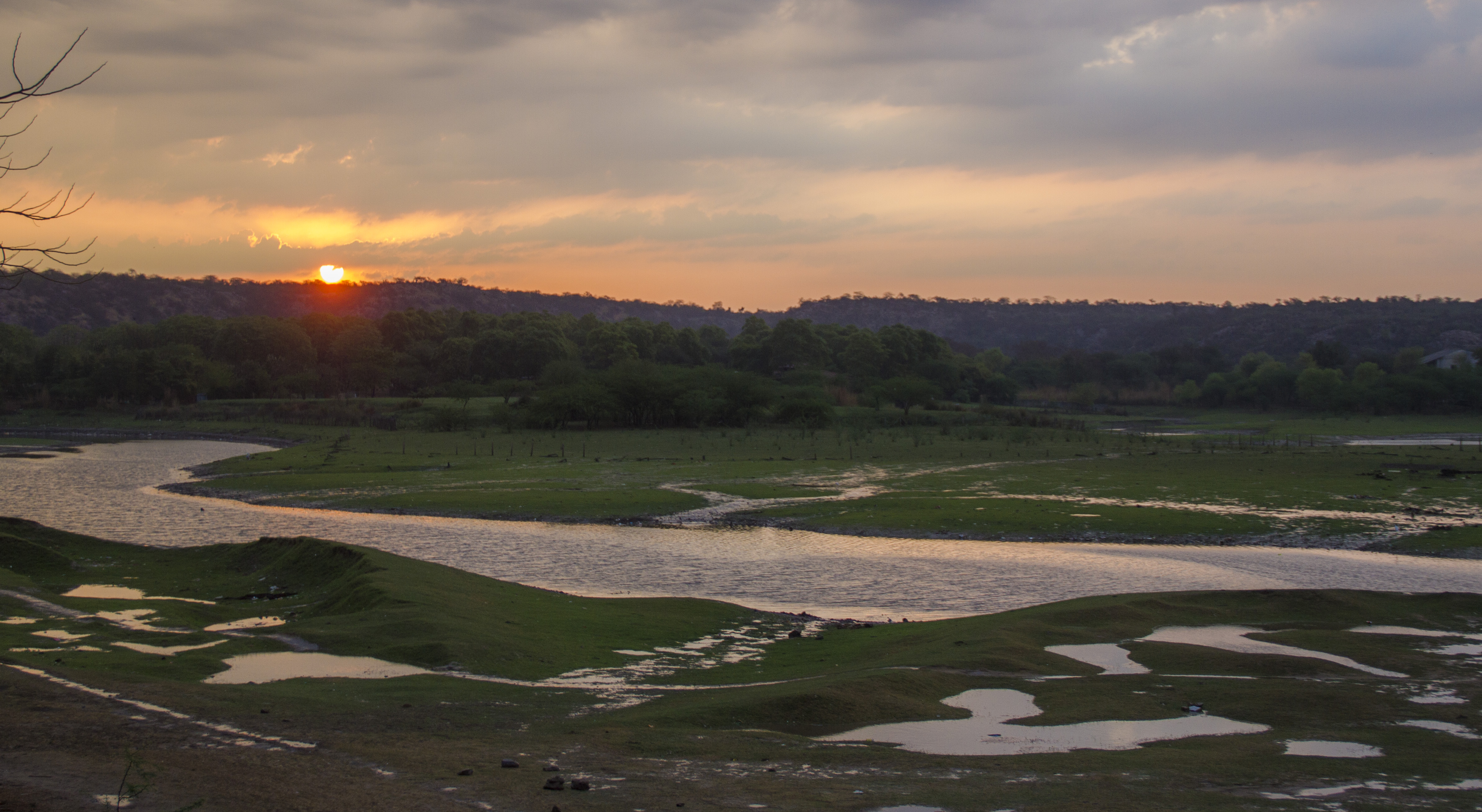The historical landscape of Bhondsi Fort emerges as a compelling narrative of cultural complexity and architectural heritage nestled within the Gurgaon district of Haryana. This lesser-known site represents a microcosm of the region's intricate historical tapestry, deeply intertwined with the legacy of the Mewati Rajput community and the broader political dynamics of medieval India.
The region's historical significance is profoundly rooted in the narrative of the Khanzada Rajputs, a Muslim Rajput dynasty that played a pivotal role during the Delhi Sultanate period. Figures like Bahadur Nahar Khan exemplify the complex social transformations of the era, representing a nuanced story of cultural adaptation and political maneuvering. His conversion under Firuz Shah Tughlaq's patronage symbolizes the fluid social boundaries that characterized medieval Indian society.
The architectural landscape of Bhondsi and its surrounding regions reflects a rich architectural vocabulary typical of the Lodhi era. Structures like the Bhondsi Mosque and Tomb showcase distinctive elements such as elaborate domes, octagonal necks, arched niches, and graceful minarets. These architectural features are not merely aesthetic expressions but serve as tangible historical documents, narrating stories of cultural synthesis and artistic sophistication.
The socio-political dynamics of the region were characterized by complex power struggles and strategic interactions. The Mewati community's reputation for military prowess and tactical adaptability is particularly noteworthy. Their strategies of plunder and strategic retreat during periods of weakened central authority demonstrate a sophisticated understanding of regional politics and survival tactics.
The broader historical context of Gurgaon reveals a landscape repeatedly transformed by various dynasties. From the Maurya and Gupta Empires to the extensive Mughal influence, particularly during Akbar's reign, the region embodied a continuous narrative of cultural and political metamorphosis. The Battle of Khanwa, where Hasan Khan Mewati allied with Rana Sanga against Babur, represents a critical moment in this complex historical trajectory.
While specific details about Bhondsi Fort remain somewhat obscure, its significance lies in representing a broader historical narrative. The site symbolizes the layered historical experiences of a region constantly negotiating between local autonomy and imperial influences. The architectural remnants and historical accounts provide glimpses into a sophisticated social ecosystem marked by cultural fluidity and strategic adaptability.
The modern context of historical sites like Bhondsi Fort highlights ongoing challenges of preservation and historical understanding. Many such sites face neglect, threatened by urban expansion, limited restoration efforts, and diminishing historical consciousness. Yet, they remain critical repositories of collective memory, offering invaluable insights into the region's rich and complex past.
The story of Bhondsi Fort transcends mere architectural description, representing a profound testament to the dynamic cultural landscape of medieval India. It invites contemporary observers to appreciate the nuanced historical narratives embedded within its stones, reflecting the intricate social, political, and cultural transformations that have shaped this remarkable region.





